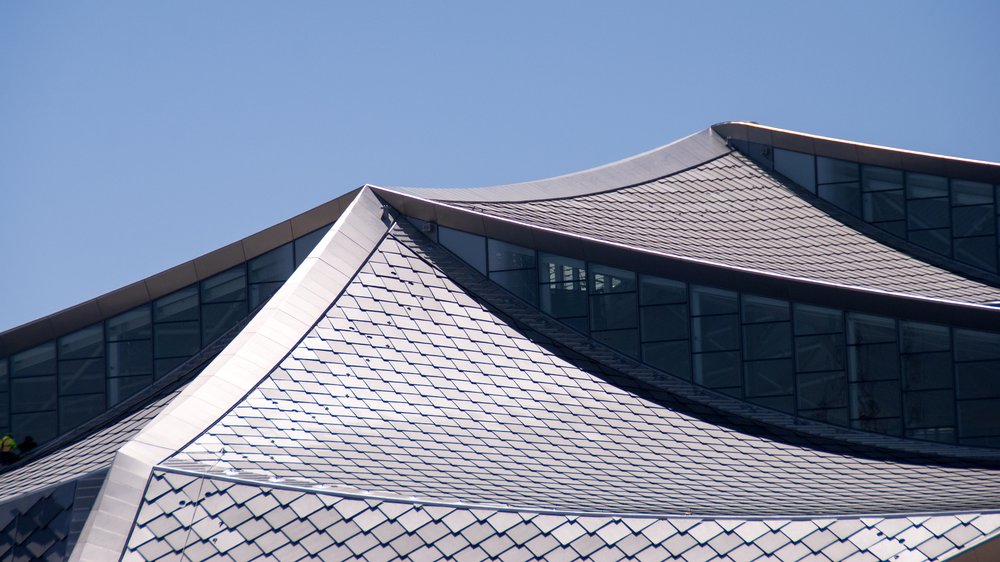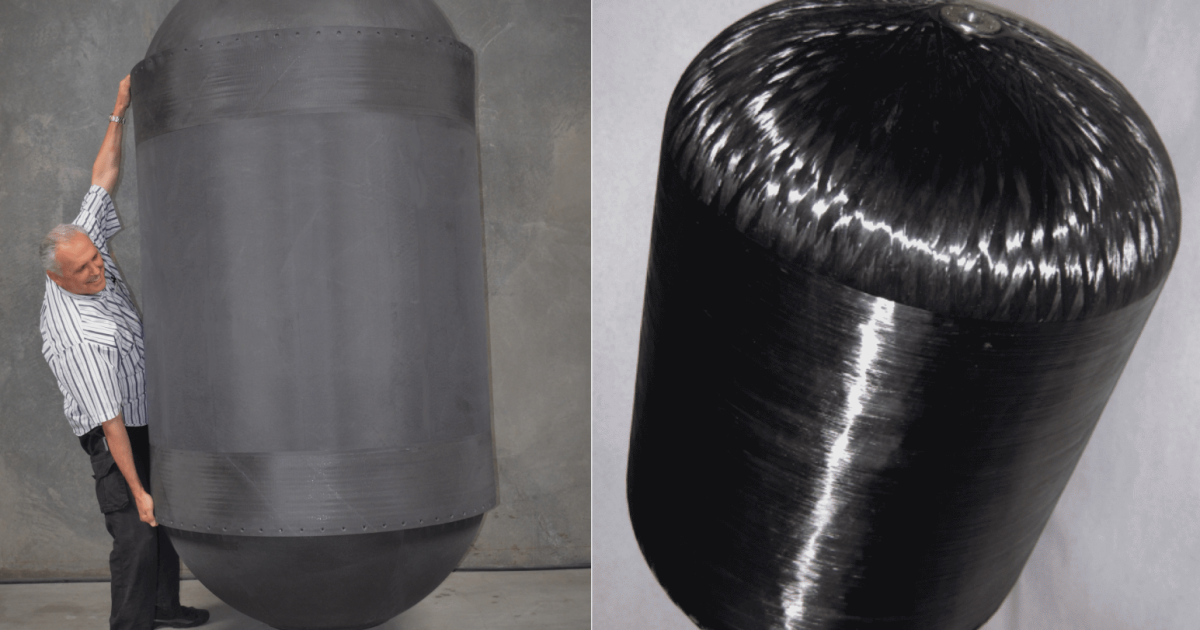The roof of Google’s new Mountain View campus has received special treatment with a novel type of solar panel called ‘dragonscale’.
This is a new system that was first announced by Google last year and aims at generating the maximum amount of power on any building roof by taking advantage of the maximum collection area and all sunlight angles.
The panel itself was made by SunStyle, who used a highly textured prismatic glass shingle with a specially developed coating. This approach “entraps” the light in the solar tile and forces it to bounce back until it’s almost fully absorbed (converted).
The curve of the roof makes it possible for the ‘dragonscale’ to generate notable amounts of electric energy throughout the day, as some sets of panels are always facing the Sun directly. This is different from tracking the Sun with moving bases, as ‘dragonscale’ is a static installation.
In this particular case, which is meant to serve as a first demonstration, ‘dragonscale’ consists of 90,000 small solar panels that collectively generate 7 megawatts of energy. That’s enough to cover roughly 40% of the campus’ energy demands.
What Google is doing here is to get aboard the trend of “Building-Integrated Photovoltaics” (BIPV), which no longer treats renewable energy collection elements as extra fixtures, but rather as an integral component of buildings.
From the perspective of aesthetics, which should be a consideration if solar panels are to be integrated into roofs and facades, ‘dragonscale’ definitely looks good without drawing too much attention.
The light bouncing that was introduced to increase the efficiency of the solar tiles further adds to the magic of the ‘dragonscale’ by creating a unique sparkling effect. Simultaneously, it eliminates reflective glaring that can be a problem for pilots or even drivers.
Google is planning to go carbon-free by 2030, so we expect to see more of those BIPV experiments on the tech giant’s offices in the next few years.







